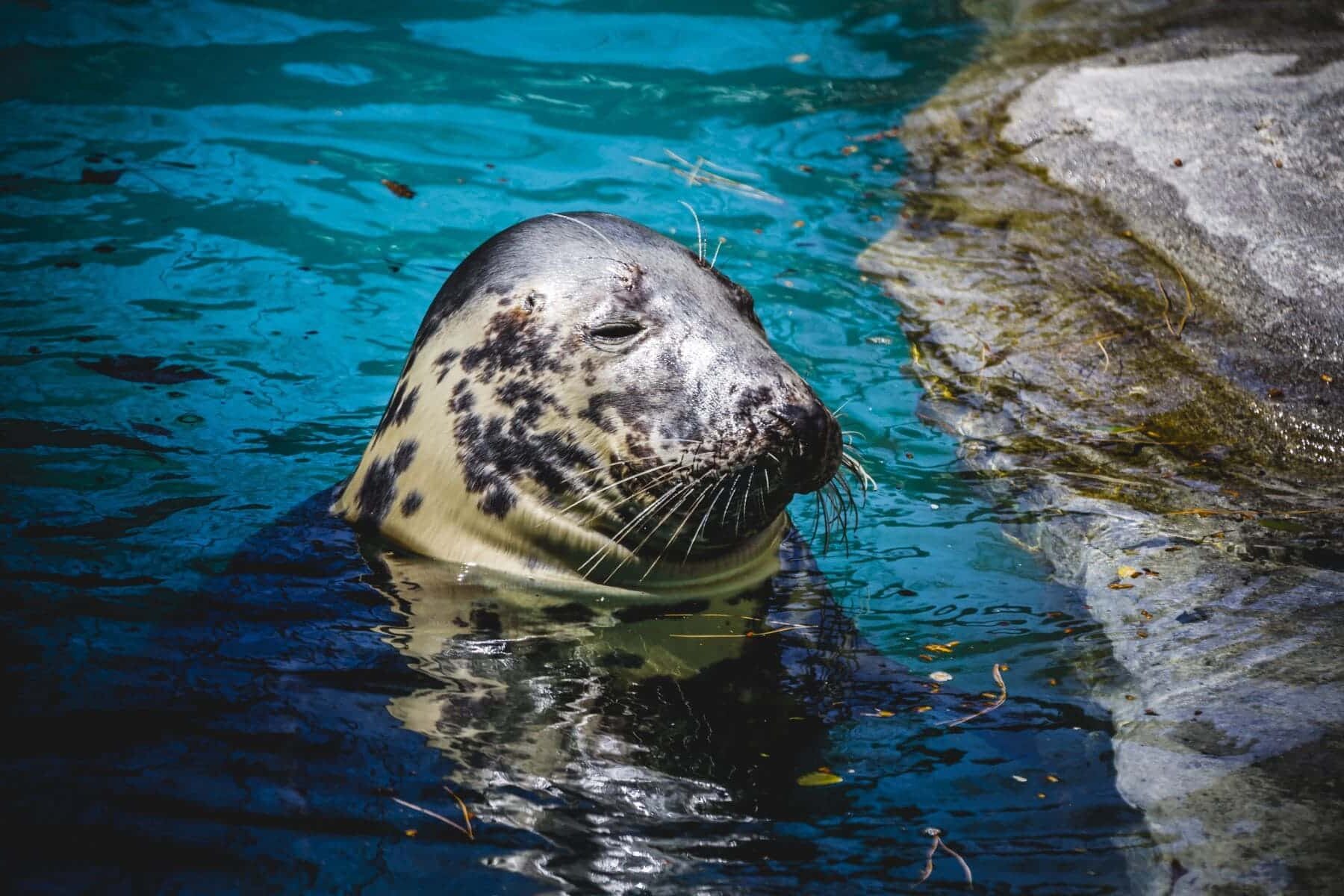The Back to the marine media was not an easy path for mammals. Several tens of millions of years ago, the ancestors of the cetaceans returned to the Marine Aquatic Environment, as well as the ancestors of the Pinnípedos, whose origin dates 50 million years ago.
He Pinnípedos Group Current. Together with the cetaceans and the Sirenians (Dugongos and Manatis), they are the only mammals that have registered again to the aquatic environment.
During these fifty million years, Pinnípedos has acquired a series of adjustments that help them survive in the marine environment. A group of scientists seems to have found an explanation for the fact that they can immerse themselves for long -term time spaces.

Mammals at sea
Weld focy They survive long -term dives because they can perceive the oxygen level They have in the blood. Thanks to this they plan the immersion time and return to the surface before they drown due to the lack of oxygen.
This is the most important conclusion of a study led by the marine biologist Chris Mcknight, from the Scottish University of St. Andrews (United Kingdom), then Submit a group of seals in various immersion tests. The research results have been published in the magazine Science.
During evolution, Marine mammals have adapted to survive the aquatic environmentFrom thermoregulation, to resist the pressure in the depths, to the management of oxygen to dive without drowning.
It is believed that mammals and birds are unable to cognitively perceive the oxygen circulating through their blood, but It is known that most detect when they have high levels of carbon dioxide (CO2)A mechanism that they interpret as the low oxygen signal that drives them to look for air.
Despite everything, these animals always run the risk of drowning. But McKktht believes that the ability to observe oxygen is a mechanism It should have been strongly selected in the evolution of these species.
Study with gray seals
To determine whether marine mammals are also able to observe and to respond directly to fluctuating oxygen levels, MCKNIGHT and their team did a study With gray seals (HALICHOERUS GRIPUS) to investigate how the variations in inhaled oxygen levels and CO2 influenced their diving time.
The scientists have exposed in the tests focy Divers of mixtures of inhaled gases that were changed experimentally to the Circulating levels of oxygen and CO2.
The authors They discovered that the duration of the immersion was strongly correlated with the oxygen levels of the bloodBut it was not influenced by CO2 levels or blood -ph. Even when they were exposed to CO2 concentrations that were two hundred times higher than those of the ambient air, the duration of the diving did not change.
The change in the oxygen levels, which have doubled or lowered by half, significantly influenced, while the seals remained under water.
For the authors, These results provide convincing evidence that gray seals have the cognitive ability to perceive the oxygen levelso that they can regulate the duration of their dives.
Awaiting problems
Given the broad Convergent evolution of diving -related adjustments between mammals MarineIt is likely that there are similar mechanisms for oxygen perception in other species, they suggest.
In one Perspective related, Lucy Hawkesof the University of Exeter (United Kingdom), and Jessica Kendall-BarFrom the University of California (US) comment that the natural selection may not have changed the physiology of all animals in the same way, by Which cannot be confirmed with certainty that all marine mammals have this capacity.
The text mentions people as an example, whose evolutionary selection has made, compared to the inhabitants of the lowlandsTibetans and Andes have adapted a respiratory capacity to the great height.
And in the same way, populations such as the Ama of Japan, the Haenyeo de Korea or the Bajau de Indonesia have developed physiological adjustments with which they can hold their breath And dive for long dives.
For Hawkes and Kendall-Bar, more studies are needed to determine what the Mechanisms involved In the perception in the circulating blood of marine mammals.
They also suggest that future studies can investigate (with neuroimaging techniques) how animals distinguish the composition of gases to evaluate and locate Cerebral oxygen levels in the bloodInformation that could contribute to improving animals preservation and even benefit human medicine and health.

